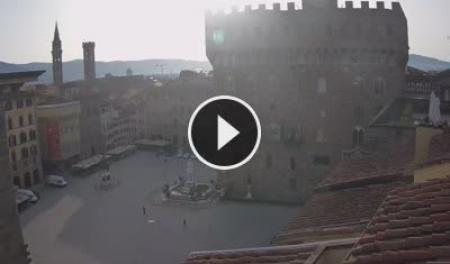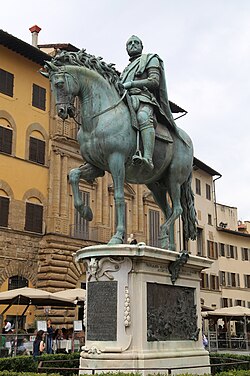
Cosimo I de’ Medici was the second and last duke of Florence from 1537 until 1569, when he became the first grand duke of Tuscany, a title he held until his death
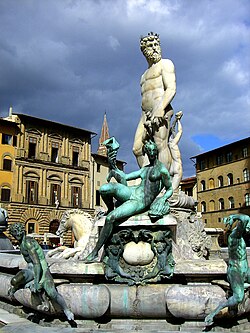
The Fountain of Neptune
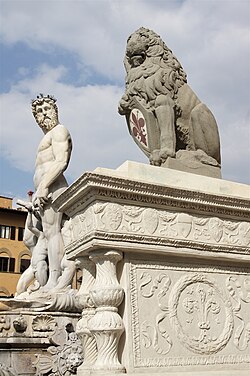
The Marzocco is the heraldic lion that is a symbol of Florence, and was apparently the first piece of public secular sculpture commissioned by the Republic of Florence, in the late 14th century.
![Michelangelo David David is a masterpiece of Italian Renaissance sculpture in marble[1][2] created from 1501 to 1504 by Michelangelo.](https://www.nystocktrader.com/wp-content/uploads/2025/07/MichelangeloDavid.jpg)
David is a masterpiece of Italian Renaissance sculpture in marble[1][2] created from 1501 to 1504 by Michelangelo.
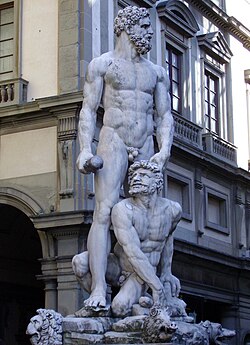
Here, the demi-god Hercules, who killed the fire-belching monster Cacus during his tenth labor for stealing cattle, is the symbol of physical strength, which juxtaposed nicely with David as a symbol of spiritual strength, both symbols desired by the Medici.

Perseus beheading Medusa, a hideous woman-faced Gorgon whose hair had been turned to snakes; anyone who looked at her was turned to stone. Perseus stands naked except for a sash and winged sandals, triumphant on top of the body of Medusa with her head, crowned with writhing snakes, in his raised hand. Blood spews from Medusa’s severed neck.
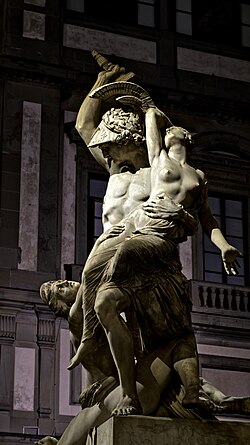
The Rape of Polyxena
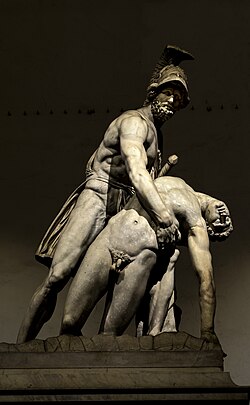
The Pasquino Group (also known as Menelaus Carrying the Body of Patroclus or Ajax Carrying the Body of Achilles) is a group of marble sculptures that copy a Hellenistic bronze original, dating to ca. 200–150 BCE
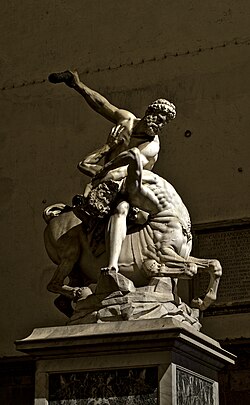
Hercules and the Centaur Nessus” is a marble statue by the Flemish-Italian artist Giambologna. It was made between 1595 and 1599
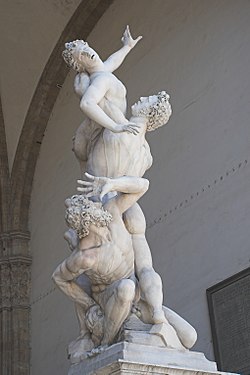
Abduction of a Sabine Woman (or The Rape of the Sabine)
The Abduction of a Sabine Woman was made from a single block of white marble, which became the largest block ever transported to Florence. Giambologna wanted to create a composition with the figura serpentina (S-curve) and an upward snakelike spiral movement. It was conceived without a dominant viewpoint; that is, the work gives a different view depending on which angle it is seen from.
